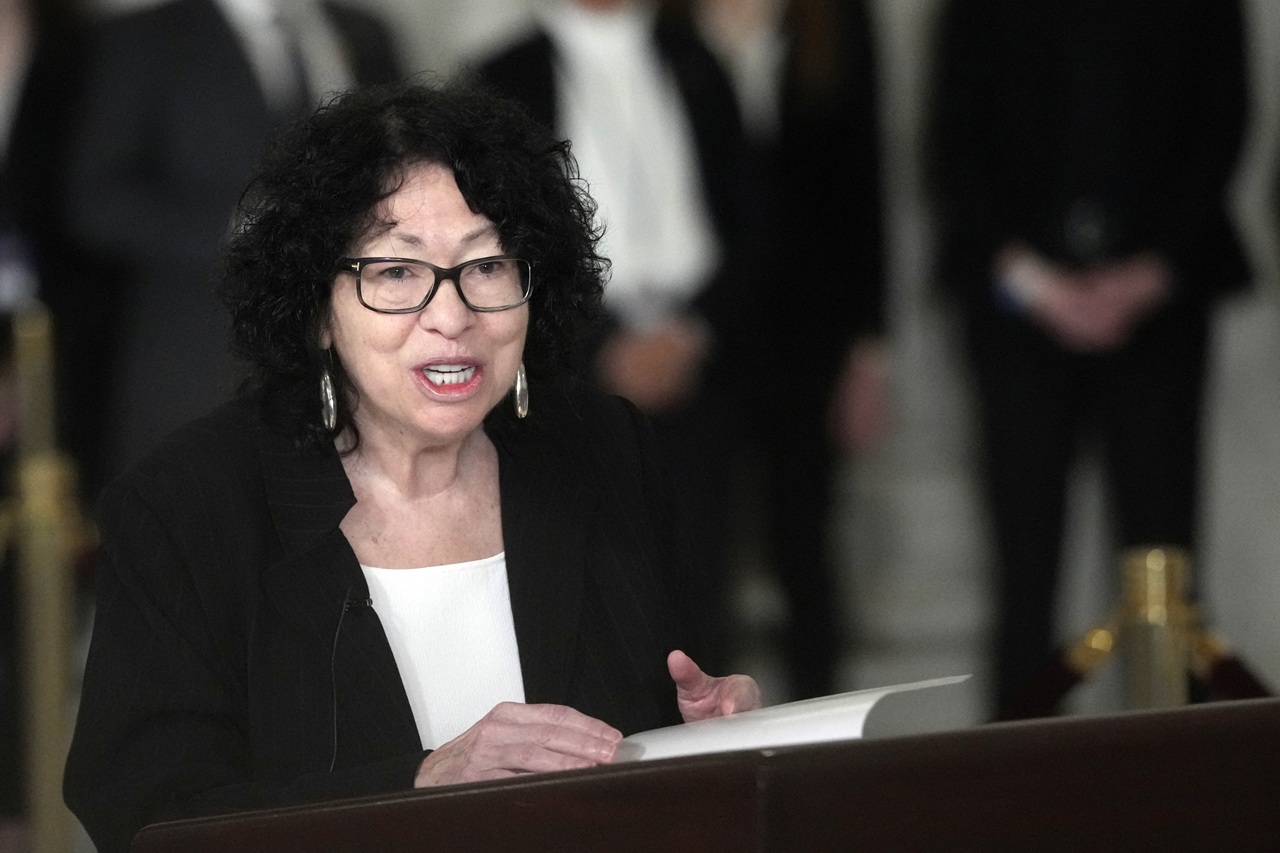
Latinos have been indelible contributors to civil rights throughout US history. Which court cases prove it?
Here are three such cases that do so, within the several that had an impact in which we still feel the ramifications of today.
Throughout the history of the United States, there have been countless court cases that have influenced the Latino experience in the United States.
While several have been an integral part of history, many aren’t known by the mainstream American audience.
In addition, there were many Latinos who played a key role in the civil rights movement of the United States.
During the inaugural Nelson A. Diaz Professorship event on Feb. 27, Judge L. Felipe Restrepo, US Attorney Jacqueline Romero, Chief Judge Juan Sánchez, and City Solicitor Diana Cortes, highlighted some of the particular cases that influence today’s U.S. society.
What are some of these court cases, and what came out of them?
Mendez v. Westminster
Eight years before the Brown v. Board of Education court case that desegregated schools in the U.S., there was the Mendez v. Westminster case.
In 1943, the Mendez family moved to Westminster, a small town outside of Los Angeles, California. When Silvia Mendez and her siblings tried to enroll at the 17th Street Elementary School, they were turned down due to their race.
As a result, patriarch Gonzalo Mendez and his wife Felicitas filed a lawsuit against the state of California claiming their education policies were unconstitutional because they were discriminatory against Latinos.
The Mendez family hired Los Angeles civil rights attorney David Marcus, who was the first attorney to put forth the argument that segregating K-12 students based on race, nationality or ethnic background violated the 14th Amendment of the Constitution.
Marcus presented social science evidence to support his argument that segregation resulted in feelings of inferiority among Mexican American children that would undermine their ability to be productive American citizens.
U.S. District Court Judge Paul J. McCormick agreed, ruling in favor of the plaintiffs.
The school districts appealed the case to the U.S. Court of Appeals for the Ninth Circuit, but it was later affirmed in favor of Judge McCormick’s ruling.
Two months later, California Governor Earl Warren signed a bill ending school segregation in California, making it the first state to officially desegregate its public schools.
“The importance of this case and the work these folks did really can’t be understated,” said Judge Restrepo.
In 2011, Silvia Mendez received the Presidential Medal of Freedom for the work she did since she was a plaintiff in that case.
Some of the same arguments from the Mendez v. Westminster case was used in the landmark Brown v. Board of Education case that desegregated schools nationwide.
“It really speaks volumes as to the underappreciation of the contributions Latino folks have made in the Civil Rights context,” added Restrepo.
Aspira v. New York Board of Education
This particular court case is one near and dear to Chief Judge Juan Sánchez.
He moved to New York City from Puerto Rico in 1968, starting high school two years later.
In 1972, Aspira of New York — a community-based Hispanic educational advocacy group — and the Puerto Rican Legal Defense Fund filed a lawsuit against the Board of Education of the City of New York.
At the time, a high number of students were failing and a majority of them were not receiving a bilingual education.
The goal of the lawsuit was to obtain equal educational opportunities for children with limited English proficiency.
During the middle of the litigation preparation by the Puerto Rican Legal Defense Fund, in 1974, the Supreme Court made a ruling on the Lau v. Nichols case.
The case centered around the San Francisco Unified School District, which had nearly 2,900 non-English-speaking students of Chinese ancestry.
The ruling was that a California school district receiving federal funds must provide non-English-speaking students with instruction in English to ensure that they receive an equal education.
RELATED CONTENT
Not doing so would be a violation of the Civil Rights Act of 1964.
“As soon as Lau v. Nichols was decided… the Puerto Rican Legal Defense Board filed a motion for summary judgment… and they entered a consent decree,” said Judge Sánchez.
“The purpose of the settlement that they entered into was to require schools to offer bilingual education where there were 20 or more English language learners of the same language in any single grade,” he continued.
It also required testing to identify who would need the bilingual education, what kinds of programs they needed, and how staff would be trained and recruited to teach these students.
The Puerto Rican Legal Defense Fund had to file a second case in 1976 to get the consent decree implemented.
“The lesson from this case is basically that not only do you have to be diligent and win, but you have to struggle to implement the decision,” said Sánchez.
While he said that it was “a significant victory” for the Puerto Rican Legal Defense Fund, Sánchez added that he was already in law school by the time the decree was fully implemented in New York City, to add context to how long some of these civil rights cases can take.
Hernandez v. Texas
This court case’s decision came down just a few days before Brown v. Board of Education.
The case came about when a Mexican-American agricultural worker Pete Hernandez was accused of murdering Joe Espinoza In Jackson County, Texas. After going on trial, an all-White jury indicted Hernandez with life imprisonment.
His attorneys tried to quash the indictment, arguing that persons of Mexican descent had been excluded from jury service for over 25 years. After which, his attorneys took it up on appeal to the U.S. Supreme Court.
Chief Justice Earl Warren ruled that the 14th Amendment protects those beyond just the “two class theory,” which only considered equal rights as a discussion between Whites and Blacks. Mexican Americans were then labeled as a special class within the white race.
“It [the case] deserves it’s own place in history because it extended civil rights — in particular, equal protection rights — in a way that we now benefit from, where we’re able to lump in things like sex and gender identity,” said Romero.
The Supreme Court overturned the trial based on the fact that Mexican-Americans had been excluded from the jury pool and Hernandez received a 20 year plee agreement.
“The big point of the case is that we’ve taken this Equal Protection analysis, and extended it across other groups,” added Romero.
This is a personal case to Romero, as well, and she has worked on diversifying jury pools to give diverse individuals a more fair trial amongst their peers.










LEAVE A COMMENT: